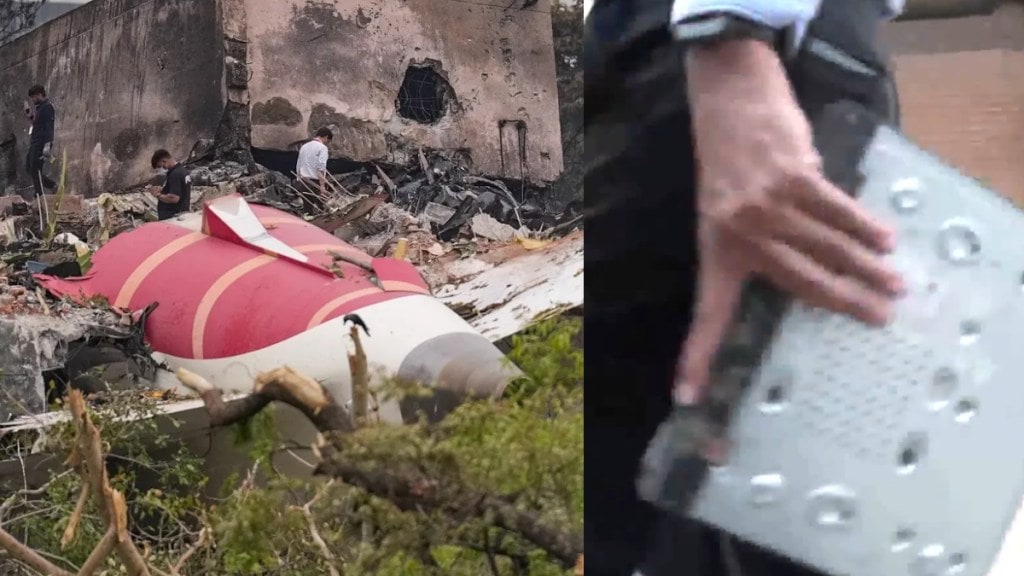A major breakthrough in the investigation into the Air India Flight AI-171 crash emerged on Friday with the recovery of a Digital Video Recorder (DVR) from the wreckage. Officials believe the device could hold critical evidence to help pinpoint the cause of the crash, which resulted in the loss of 241 lives.
The device was discovered at the crash site near the BJ Medical College hostel in Ahmedabad by a member of the Anti-Terrorism Squad (ATS). “It’s a DVR, which we have recovered from the debris. The FSL team will come here soon,” an ATS official said. The Forensic Science Laboratory team will soon examine the device.
#WATCH | Gujarat ATS recovered a Digital Video Recorder (DVR) from the debris of the Air India plane that crashed yesterday in Ahmedabad.
An ATS personnel says, "It's a DVR, which we have recovered from the debris. The FSL team will come here soon." pic.twitter.com/zZg9L4kptY
— ANI (@ANI) June 13, 2025
What is a DVR?
DVR is an electronic device designed to record video footage in digital format onto local storage media such as hard drives, solid-state drives, USB flash drives or SD memory cards. DVRs are widely used in video surveillance systems, capturing video signals primarily from analog cameras connected via coaxial cables, converting these analog signals into digital format for processing and storage. They enable users to monitor, record and review video footage for security, investigative, and operational purposes.
The DVR in aviation settings records footage from CCTV cameras installed throughout the aircraft, including the cockpit, passenger cabin and entry/exit points. This footage is crucial for investigators as it provides visual evidence of activities before and during the flight, such as passenger boarding and ground operations.
How DVR works in aviation
The aviation DVR functions by encoding analog video signals from onboard CCTV cameras into digital format and storing them on a hard drive within the device. This system ensures continuous video recording throughout the flight, which can be reviewed post-incident to help uncover causes or contributing factors. The footage can include areas such as the cockpit, passenger areas, and emergency exits, providing a comprehensive visual record
In the devastating Air India Boeing 787 Dreamliner crash near Ahmedabad airport, the aircraft was consumed by flames reaching temperatures of nearly 1,000 degrees celsius. Yet, amid the wreckage, the black box has been recovered, underscoring the remarkable engineering behind these flight recorders, which are built to withstand extreme conditions and play a pivotal role in uncovering the causes of aviation disasters.
The recent recovery of a Digital Video Recorder (DVR) from the crash site further highlights the importance of such devices in accident investigations. DVRs provide vital visual evidence that can help investigators reconstruct events and identify failures, potentially preventing similar tragedies in the future. Widely used across sectors, from home surveillance to aviation, DVRs are valued for their ability to locally record, store, and manage video footage, often featuring motion detection and remote access capabilities. In aviation, this technology becomes not just a tool for monitoring, but a silent witness to critical moments before catastrophe.

